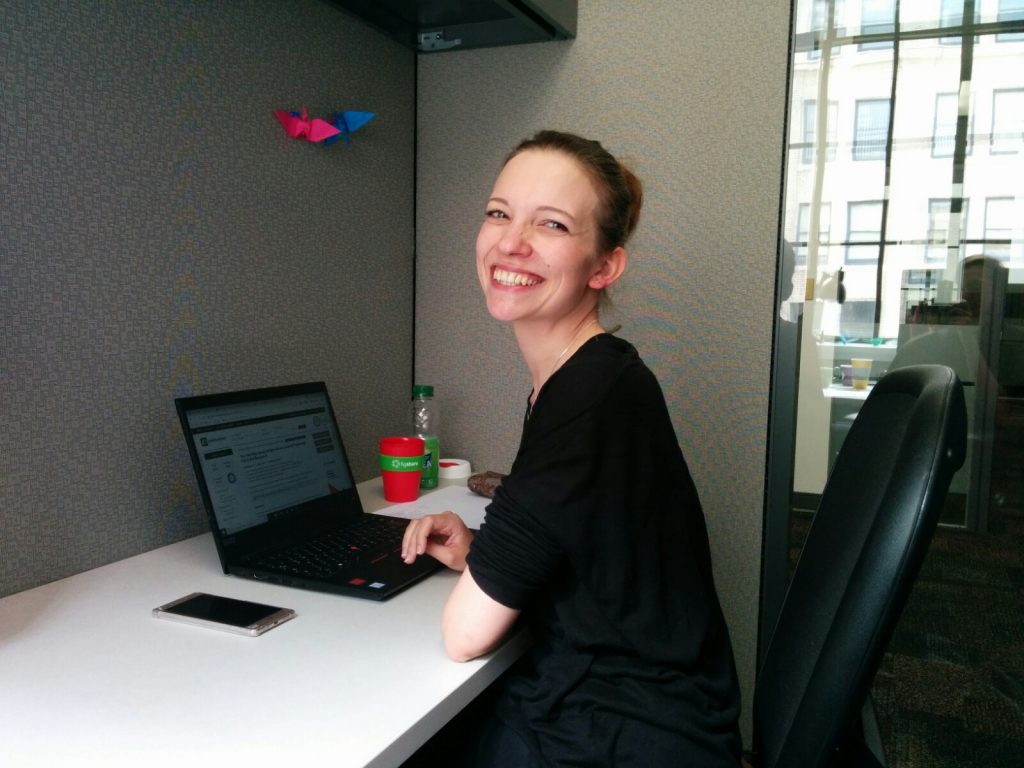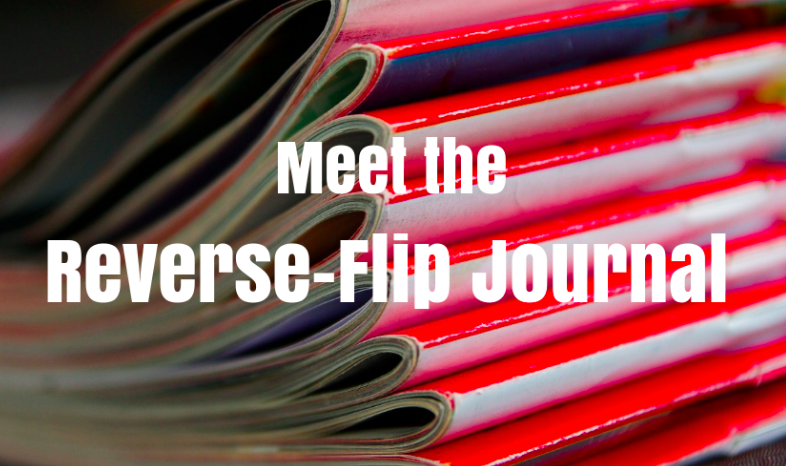
It all started with a tweet.
Scholarly communications analyst Najko Jahn was exploring the library catalogues of Springer Nature when he stumbled across something he hadn’t noticed before. A number of journals that had once been Open Access…. suddenly, weren’t.
He tweeted about the strange phenomenon, to which Open Access researcher Mikael Laakso quickly replied that he’d love to do a project on this, and would anyone be up for it? Within an hour, ScholCommLab visiting scholar Lisa Matthias had hopped on board, and the beginnings of a study were born.
Over the following months, the team scoured the web for examples of journals that had reverted from open to closed access. How common were these journals? And what could we learn from them? They uncovered some surprising results, all of which are available in a recently published paper in Publications.
In this Q&A, Matthias tells us more about these “reverse-flip” journals, and what they could mean for the future of Open Access.

Tell me about your paper. What did you find?
We live in a very complicated and exciting time for scholarly publishing, with the advent of Open Access changing the way in which we communicate research all around the world. However, we really don’t know much about some critical parts of this transition. So, Najko, Mikael, and I decided to explore one largely overlooked part of this: Open Access journals that have “reverse flipped,” or, flipped back to a closed access model. Some of these journals have flipped to a completely closed and subscription-based model. Others have switched to a hybrid publishing model, where the journal as a whole remains closed, but authors have the choice to make individual articles available through Open Access. We found 152 of these reverse-flipped cases in the last 13 years.
Were you surprised by how many reverse flips you found?
Yes? No? Both? I don’t like to presuppose what data will look like before gathering it. After scouring the data sources to see what we could find, we realized this was phenomenon is happening at a bigger scale than perhaps anyone had noticed before.
I think I was mostly shocked to see how many of these journals currently operate on a hybrid model. When they first flipped, the split was 50/50. Fifty percent of the journals flipped to a purely subscription model, and fifty to a hybrid.
Eventually, hybrid became the preferred reverse-flip option. Currently, around 80 percent of the journals in our study operate on a hybrid model.
Did you see any other trends over time?
There was a big spike in reverse flips in 2013, when hybrid OA started to become more prominent. Some funders and academic institutions started covering OA charges at that time, including hybrid OA, in their funding agreements and, more recently, as part of “OA Big Deals”. These agreements were intended to be a transitional mechanism towards full OA. But what becomes clear from the overwhelming complexity of the current scholarly publishing landscape is that many publishers have struggled to keep up with the demanding pace of this transition.
What else do you know about these journals?
We looked at a lot of factors in our study, including publisher, geographic region, subject area, and more. But one of the most interesting things was the initial OA status of the journals.
More than 60 percent of the reverse-flip journals we studied originally started as subscription-based journals. That means they went through a three-stage transformation: from closed to open to closed.
More than 60 percent of the reverse-flip journals we studied originally started as subscription-based journals. That means they went through a three-stage transformation: from closed to open to closed.
Lisa Matthias
It is difficult to try and guess exactly what this means. However, what it does tell us is that the motivations of these journals, for one reason or another, is at tension with a progressive transition to an OA system. For example, some journals might struggle again to maintain their financial sustainability or independence within a marketplace that is currently biased against smaller or lesser-known journals.
So it’s all about money?
Journals got 99 problems, and money is one. But it’s not everything.
We know that a journal’s first decade is its most vulnerable, as they have to compete in the prestige game in order to survive. So if sustainability was the only factor that influenced flipping, we would have expected to see a lot of the younger journals making the switch. But we found that reverse flips occurred most often in journals that were 15 years or older. Moving back to closed access seems to be more than just a survival mechanism. Possible other reasons might include the journal’s desire for greater reach and/or internationalization. We will never really know what the true motivations are unless we actually ask the journals, though.

What do you think we could do to prevent these sorts of reverse-flips from happening in the future?
That’s a good question. Well, there are a few things—there are so many levels to this question!
First we need high quality, sustainable, manageable infrastructure for Open Access journals to function. Then we need people—preferably scholars—to run these journals. This will help to keep control within the scholarly community, and hopefully also keep costs lower.
One of the most important things is for academics to move away from this prestige economy of chasing impact factors, so that other journals can survive too.
Lisa Matthias
But I think one of the most important things is for academics to move away from this prestige economy of chasing impact factors, so that other journals can survive too. This seems to be the most important challenge in scholarly communication that we face at this time.
Your title sounds rather familiar. Have I heard it somewhere before?
Funny you should ask. It incorporates lyrics from a Missy Elliott song!
We were looking for a title—we’d left it to the last minute. Mikael had some great ideas, but then I came in…
So Missy has finally found her place in academia?
Yeah! We even tagged her on Twitter, mentioning that we used her lyrics. But Missy has not responded yet.
For more, check out the full paper, available (Open Access) from Publications.

